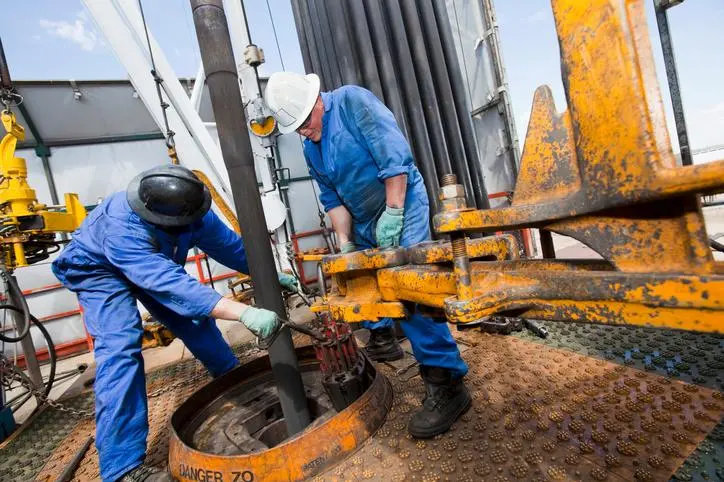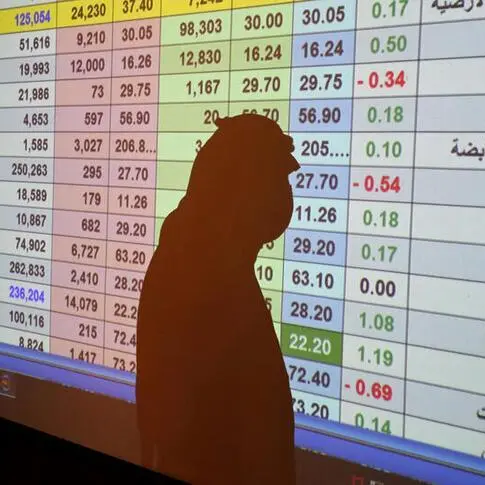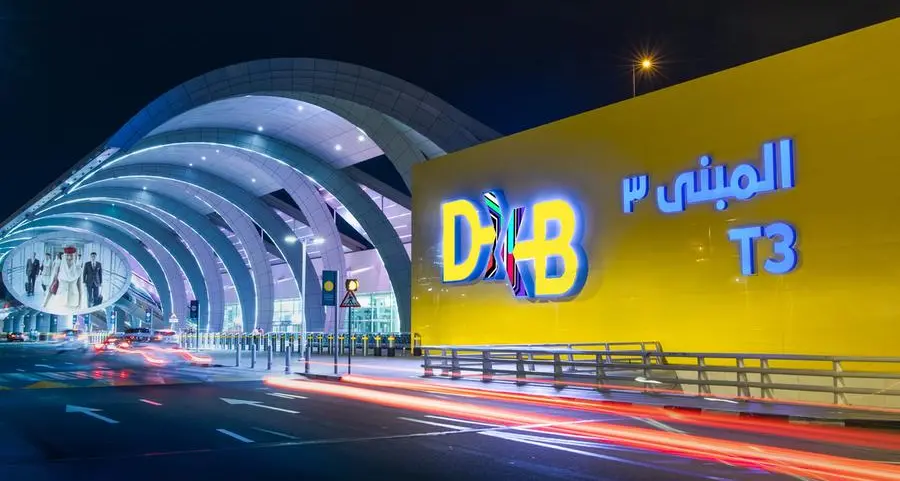PHOTO
It may well be that oil has lost its relevance as the benchmark for geopolitical tensions in the Middle East. It has, however, proven its role as a benchmark for global economic activity over the past few weeks.
The commodity has lost more than $14.5 per barrel since its January high. It reached $53.44 per barrel for Brent in early Monday trading. The US benchmark WTI even undershot the psychologically important $50 benchmark per barrel on Sunday, albeit temporarily.
Coronavirus is to blame for the sad state of affairs. China is the second largest consumer of the commodity, amounting to roughly 14 percent of global consumption in 2018 according to BP.
Refining executives in China worry that demand could plunge by 3.5 million bpd in February (around 3 percent of global demand), which would have a devastating effect on the price. The gloomy picture comes in spite of Libyan production having fallen off a cliff in January due to internal geopolitical pressures.
The recent developments go to show that, among other things, China is at the core of global supply chains and as such at the heart of the global economy. Coronavirus prolonged the shutting of factories beyond the usual period around Chinese Lunar New Year. Even though some factories have begun to open their doors, many remain closed. This does not just impact the Chinese gross domestic product, it has a ripple effect throughout the manufacturing sector on all continents. Hyundai had to close plants because spare parts stopped rolling across the border. As time goes on, expect many other companies in Asia, Europe and the US to be affected as well.
For example, China holds a key position when it comes to manufacturing parts and assembling iPhones. When trade stops, demand for the premier fuel of transport, namely oil, goes down. This is compounded when the ripple effects stretch to the production sector in several economies and when flights or travel to and from a major economic hub get cut.
Saudi Arabia and OPEC wanted to corral OPEC+ (an alliance of OPEC countries and their 10 non-OPEC allies led by Russia) to cut production beyond the 1.7 million bpd the grouping had taken out at their last meeting in December. There was a three-day technical meeting for three days last week that recommended an additional cut of 600,000 barrels to last through June. Production cuts require ministerial consent and can therefore only be decided on at official ministerial meetings. While Saudi Arabia was eager to bring forward the next OPEC+ meeting scheduled for March 5 and 6, Russia did not see the urgency of doing so, which did little to support the price.
When ministers meet in March the situation will have moved on. The state of play at that time will determine what level of additional cuts will be necessary and for what duration of time. Expect 500,000 bpd to be the minimum amount required. One generally needs to take reasonably drastic measures to get ahead of a story. A lot will depend on how much further the virus will have spread by then and what the effect on the global supply chain, aviation and tourism will be.
Coronavirus has highlighted just how much China holds center stage in the global economy, how interlinked supply chains have become and how important oil still is as a commodity — despite all the focus on energy transition.
• Cornelia Meyer is a business consultant, macro-economist and energy expert. Twitter: @MeyerResources
Copyright: Arab News © 2020 All rights reserved. Provided by SyndiGate Media Inc. (Syndigate.info).












